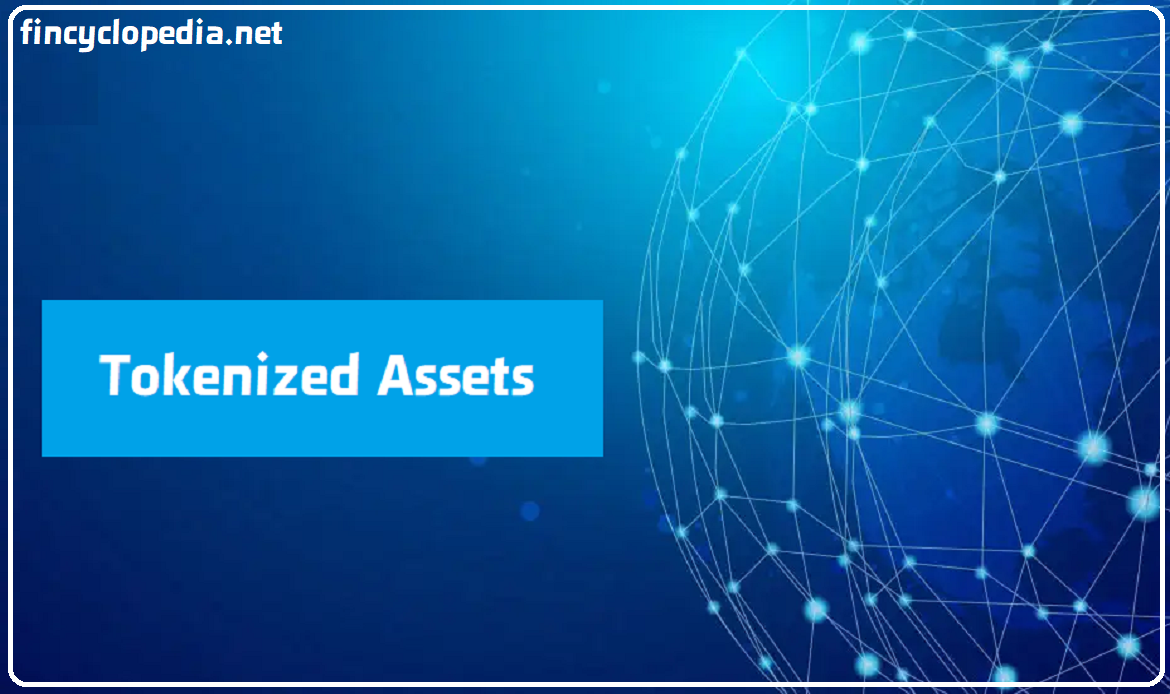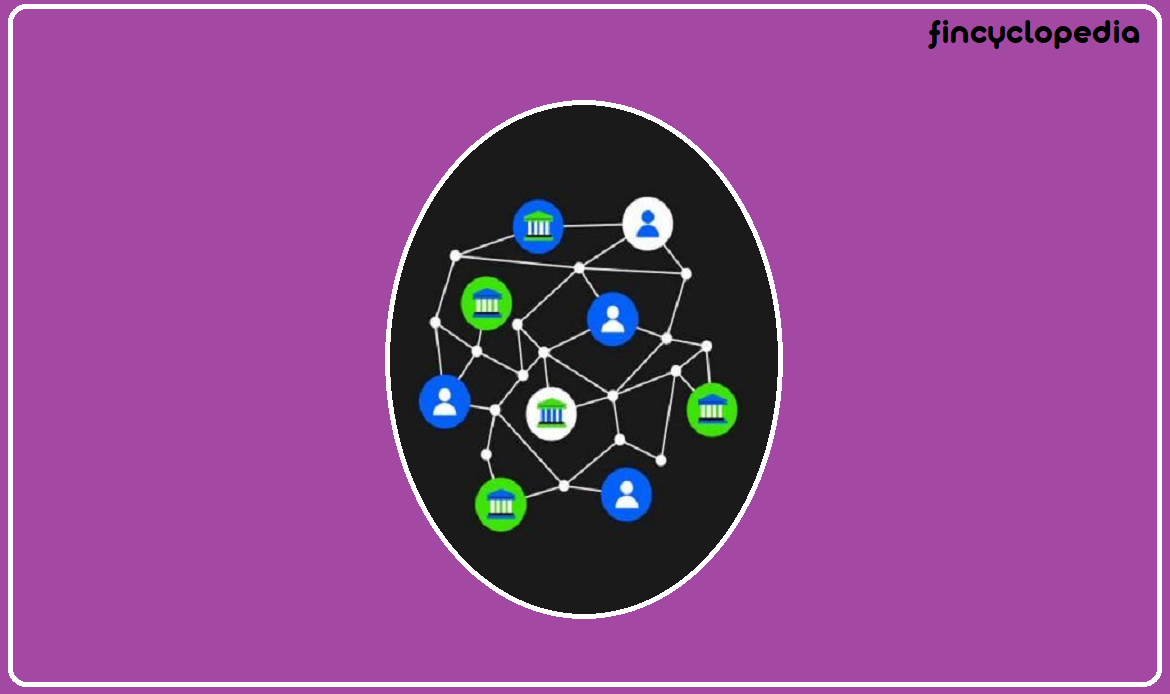
Concept
A tokenized asset is an asset created by digitizing a tangible or intangible asset. A tokenized asset represents a divided share in the ownership of real, financial, or digital assets that is recorded on a blockchain in the form of digital tokens. By means of an asset tokenization, an issuer creates digital tokens on a distributed ledger (DL) or blockchain, which represent the respective share of ownership in the underlying asset. The ownership share is, per se, digital and tradable. Like an initial coin offering (ICO), the tokens are issued via a security token offering (STO) process, through which investors can buy different types of tokens (payment, equity or utility tokens.)
Blockchain guarantees that the tokens issued and released represent an asset, that is immutable. These assets are also known as security tokens or blockchain tokens. Asset tokenization is the process of turning physical assets (real-world assets, RWAs), such as real estate, artwork, or commodities, into digital tokens residing and operating on a network. The fractional ownership facilitates the exchange or transfer of such assets, which otherwise would be cumbersome through traditional means. It enables participants to invest in an asset without having to buy it in whole. For instance, an artwork worth USD10,000 can be tokenized so that investors can buy it in fractions, such as 1000 fractional assets of $10 each. Furthermore, blockchain technology promotes security and transparency, while smart contracts on the blockchain are used to manage asset ownership and transaction features.
Main types of tokenized assets
In the crypto space, any asset, product or service or broadly any valuable or value-carrying item can be tokenized. The most distinct types of tokens are fungible tokens and non-fungible tokens. However, other types do also exist and may arise over time:
- Fungible tokens are divisible, interchangeable assets that are not unique or distinct in its units. The units of fungible tokens can easily be exchanged amongst each other. The most popular fungible assets are coins (e.g., bitcoin, ethereum, Litecoins).
- Non-fungible tokens (NFTs) are non-interchangeable, and hence have certain unique features. NFTs are like real-world items that carry their unique value. These are a kind of digital assets that can be traded online, often involving cryptocurrencies. NFTs are a single entity and cannot be divided into similar units. A non-fungible token is a non-interchangeable unit of data stored and tradable on a blockchain. Types of NFT data units may be associated with digital files such as photos, videos, and audio. Because each token is uniquely identifiable, NFTs differ from blockchain cryptocurrencies, such as Bitcoin.
- Security tokens: securities are financial assets can now be turned into tokens on a blockchain. Once created and issued on a network, these tokens can trade at global markets with a low barrier of entry for users and investors.
- Utility tokens: tokens do not only represent a share in a business or venture. Utility tokens constitute a tokenized form of a utility such as computation power, cloud space, file sharing, etc. The underlying service is a programmable blockchain asset. These tokens provide a kind of consumer membership and access to services or other scarce resources. This mainly involves pre-selling a specific service and using the sale proceeds to build the needed structure or to further develop and improve existing structure.
- Currency tokens: tokens that are artificially designed to be stable in value, usually known as fiat currency tokens or stablecoins, so they can more easily be used for payments and settlement. A fiat currency token (fiat stablecoins) is a type of asset-backed tokens (ABTs), in which pegging involves fiat currencies and hence it provides the stability of fiat currencies while capitalizing on the speed and inclusive reach of cryptocurrencies. Examples include tokens such as USDC and USDT that are widely used for trading, fund transfers, and as a hedge against crypto risks/ volatility.







